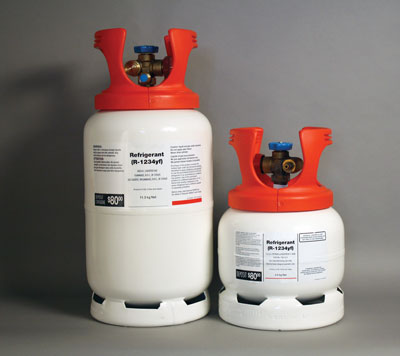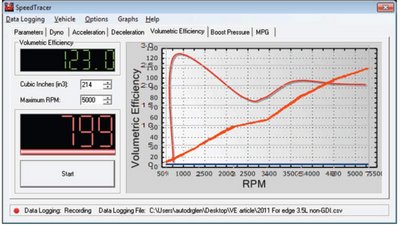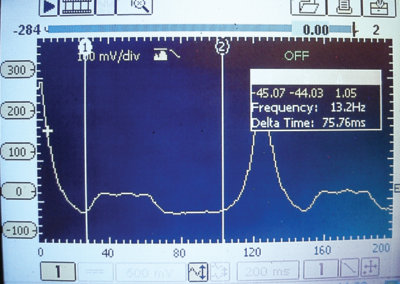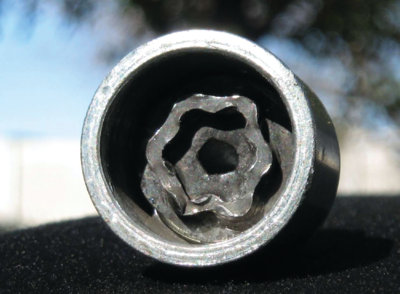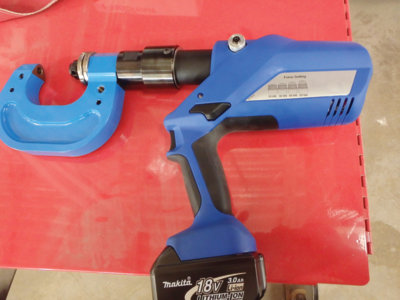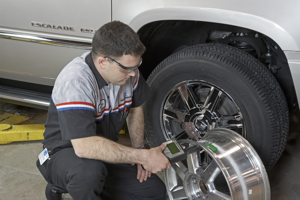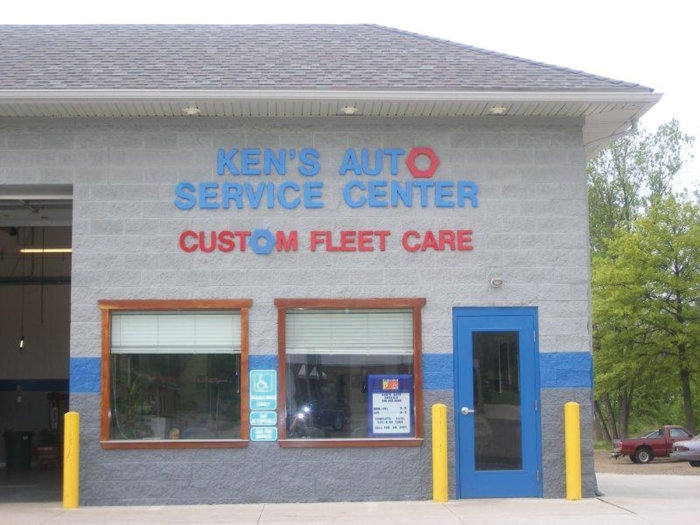 LINK Tools has introduced The Locker, a new half-inch ratchet wrench that has the capability to dramatically increase the speed and safety of all conventional ratchets and tool sets. The capability results from two fundamental and revolutionary changes in ratchet wrenches introduced for the first time in The Locker.
LINK Tools has introduced The Locker, a new half-inch ratchet wrench that has the capability to dramatically increase the speed and safety of all conventional ratchets and tool sets. The capability results from two fundamental and revolutionary changes in ratchet wrenches introduced for the first time in The Locker.
The Locker is the first ratchet wrench to engage and lock sockets and tool attachments by simply inserting the drive into the square opening of a socket or other attachment. The user thus has the assurance that the insertion of the drive into the opening of a socket or other attachment will result in automatic pin locking.
Interconnecting two of the The Lockers now makes possible both wishbone and pump-style double ratcheting, both of which increase work speed. The benefits of The Locker constantly reveal new applications which provide real benefits to the user and to the company’s bottom line. At the same time, The Locker preserves and enhances substantially-increased safety over conventional tools and the decreased body strain on the worker that have always been hallmarks of the LINK product lines.
The new Locker has an 11-inch, ergonomically designed, easy-to-grip handle, with a hole at the end to permit tethering, say to a belt or hook. The introduction of The Locker extends all of the user benefits of LINK technologies.
The half-inch Locker is ideal for repairing autos and farm equipment as well as big trucks such as Humvees and Power Wagons and armored vehicles and tanks. Even nuclear plants have found them helpful for critical repairs where they have been praised for their safety features and for the ease with which users were able to integrate them into their daily tasks. According to one executive, “This was not a product that required extensive or expensive training to be effective.”
With its many innovations, the LINK tool system has already revolutionized repairs and installations because of its patented QUICK-LOCK technology and has gained recognition for innovation in the hand tool field similar to Apple Computer’s innovations in computer technology. The LINK tool system’s Hand-to-Work Promise insures automatic pin locking throughout, no matter what combinations of tools is being used, including no dropped sockets and no tool separations.
For a complete view of all LINK products, go to www.linktoolsonline.com or call to order a catalog at (888) 433-4234.


